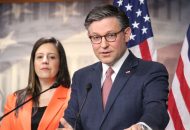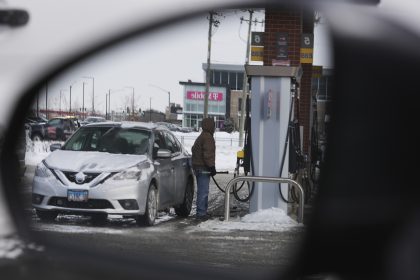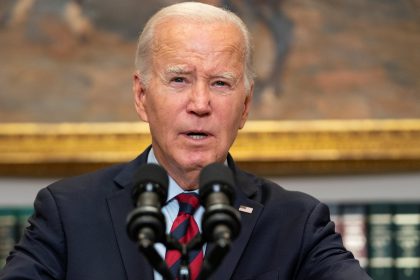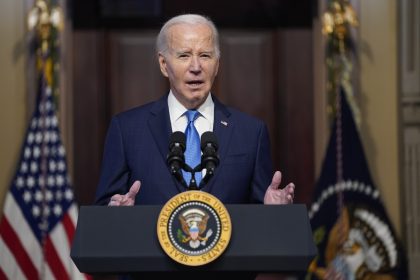US Consumer Borrowing Slowed in February, Fed Says
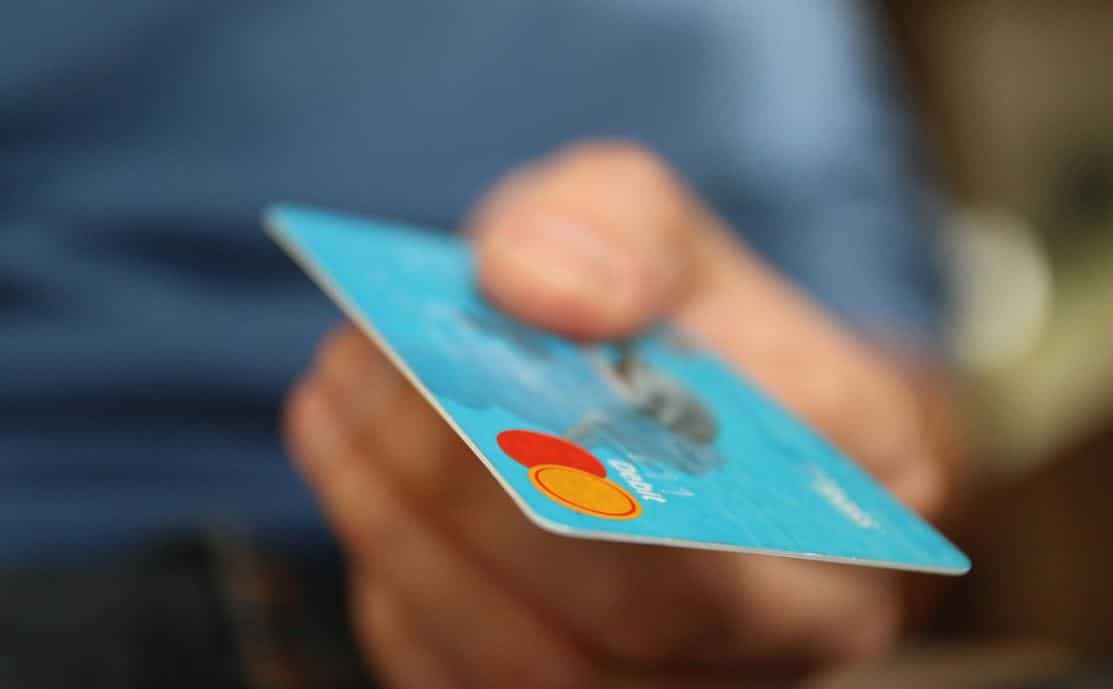
Consumer borrowing rose at a slower pace in February as a surge in the use of credit cards was offset by a slackening in demand for student loans and auto loans, the Federal Reserve said Friday.
The central bank said credit card debt rose by $2.95 billion in February, the largest increase since November 2018.
Meanwhile, borrowing for auto loans and student loans rose by $12.2 billion, the smallest gain since last June.
Overall, borrowing increased by $15.2 billion in February, down from a gain of $17.7 billion in January, the Fed said.
Lending by the federal government, which is mainly for student loans, expanded by $5.6 billion before seasonal adjustment.
The overall increases pushed consumer borrowing to a new record of $4.05 trillion.
Consumer borrowing is watched for signs of how confident consumers are in taking on more debt to finance their spending, which accounts for 70 percent of economic activity.
Economists believe the rate of borrowing has begun to pick up, and the change should be evident beginning with the Fed’s next report.











